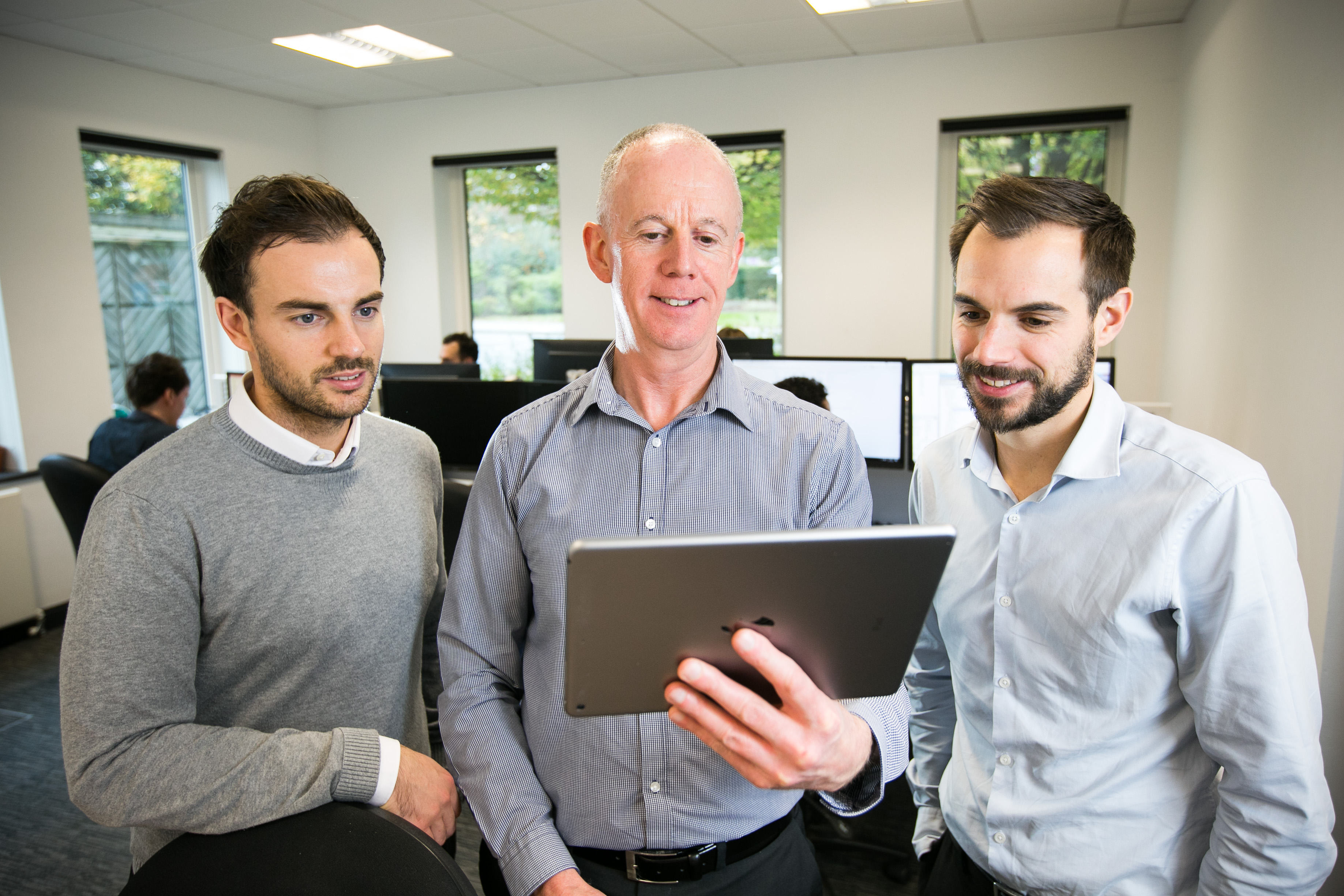In the first of a two-parter, we look at the importance of good preparation in the creation of a successful website.
Check back soon and find out how to turn your brilliant planning and prep into an all-conquering website.
Go dating
If you’re starting the process from scratch, you’ll need to find a provider to design and build your new website. First things first, prepare an outline or brief and dip your toes in the water – don’t be afraid to call or, ultimately, meet with the leading contenders.
A good development company will help guide you through every stage described here and beyond. Some – including OWA – provide end-to-end services, meaning you won’t have to manage different suppliers on the project; others may specialise, for example in design and user experience (UX), so you’ll need to hire developers separately.
The route you choose will depend on the scope of the website you’re creating, its purpose, your budget and also, importantly, chemistry.
Ingredient X may be hard to quantify or evaluate but underestimate it at your peril. You’re placing a website project externally so it’s vital there’s trust and good communication right from the off.
Scope and scope again
They say the devil is in the detail and this is true of all website builds. Don’t fret! This doesn’t mean you need to know everything upfront. Quite the opposite. Begin your thought process listing any known high-level considerations – these provide a framework as you get into detail further down the line. That brief we mentioned above? It’s already taking shape.
Start with a one-sider on the who, what and why. Who is the audience? What do you want them to do? Why are they doing it? Include a timeline, budget range and any functionality or content that is seen as pivotal. How about organisational drivers for doing the work? And what do key stakeholders expect? Add all this, too.
Depending on the answers, different project management approaches can be recommended according to what you do know and what you don’t. Indeed, many website builds benefit from an agile approach which allows for development of a minimum viable product (MVP), focusing on learning, iterating and improving during design and development through launch and beyond.
Get each step of the project process right and the outcomes will accurately reflect your input.
Put your audience at the heart of it
In your mind’s eye the new website will undoubtedly have many happy users.
For this to be true, you need to create content, layouts, design and functionality that a typical visitor will find helpful, practical and easy to intuit. But just who is this user? What do we know about them and the motivation for their clicks? Are they on mobiles, tablets or a desktop? Are there accessibility standards that need to be met?
Working this out can be done in several different ways – from detailed user research and user-testing to higher level development of archetypes or some good old-fashioned offline contact with your audience or customers.
For bigger projects, this information can be compiled into user stories detailing important actions on the site, the associated user journeys to achieve these and optimal design, content structure and navigation to support and signpost them. Wireframes or clickable prototypes are an extremely useful way of testing a layout for key areas without the design applied and help to refine and challenge thinking at this critical stage.
However you approach it with your provider, don’t go any further without a clear sense of who your audience is, why they’re visiting your new website and what they want to do while there.
Be useful and findable
Build it and they will come has never been the safest strategy and it certainly doesn’t cut the mustard with today’s sophisticated search algorithms.
In a world where information and data is competing for attention and only 9% of users scroll down to the bottom of Google’s first page of search results, you need to ensure your content is useful, organised and well structured so it is easily found. For a website this requires optimising content to perform well in search organically and may also involve paid advertising against particular keywords and phrases.
You can spend a little or a lot of time on this. It all comes back to that chestnut: who is the audience and what are their reasons for visiting your site?
Keyword analysis can point to what your target users are searching for and what they hope to find. Think of it this way: a typical search involves a question looking for an answer or further information – get that right, focus your content around it and you are well on your way to making a positive first impression.
Design for the win
Effective design is as integral to the success of your project as good code.
Your website showcases your purpose and is a key brand touchpoint. It’s often the primary way an audience will interact with you – so be under no illusions, your visitors will be quick to form opinions on their experience! This is true for everyone from businesses and start-ups to charities, NFPs and governmental orgs.
If you’re on board with the process we’ve described above, you’ve probably spotted that each step is building a structure and layout from the bottom up. The design of your new website will emerge smoothly from these preceding phases, unifying the strands of visual engagement, user experience and navigation in a harmonious branded package.
So while your website visitors may perceive everything about the way your website works and looks as being down to ‘design’, you’ll know it’s a lot more than that. It’s a reflection of everything that’s working well under the bonnet.
To bring it back to our opening point – this is why chemistry is important. If the fit is good with a potential provider, be prepared to trust your gut feeling. Each of the stages above will be best realised in collaboration and the outcomes tend to flow more smoothly and naturally as a result.
Be sure to check back soon for part 2 and we’ll give you the lowdown on how to develop and deliver a successful website now the planning is done.

